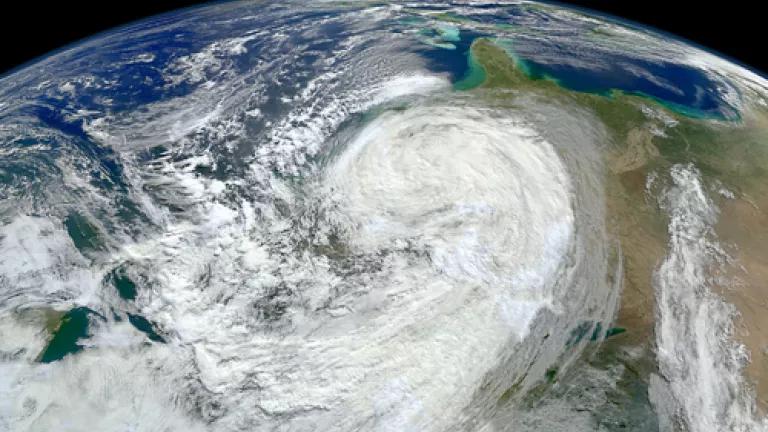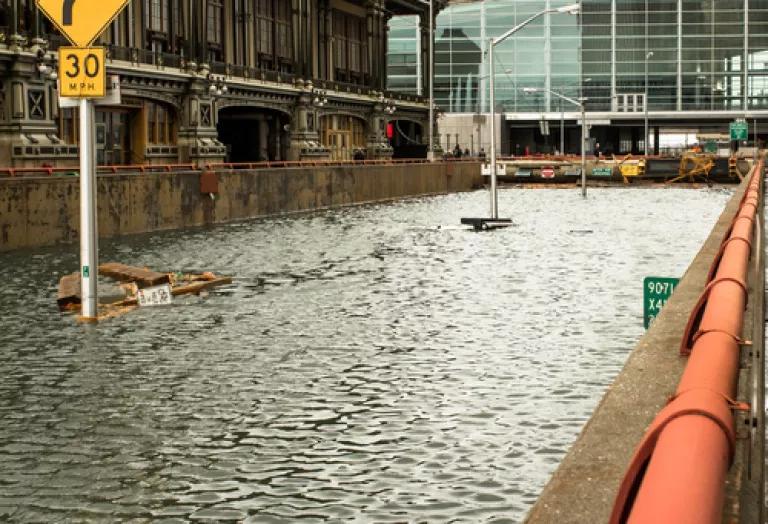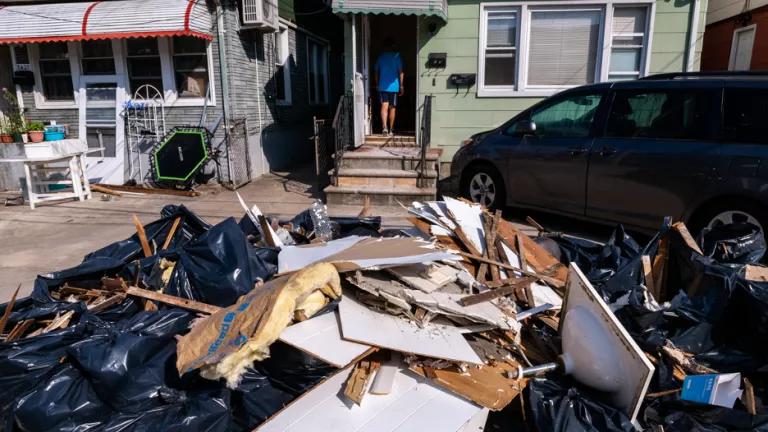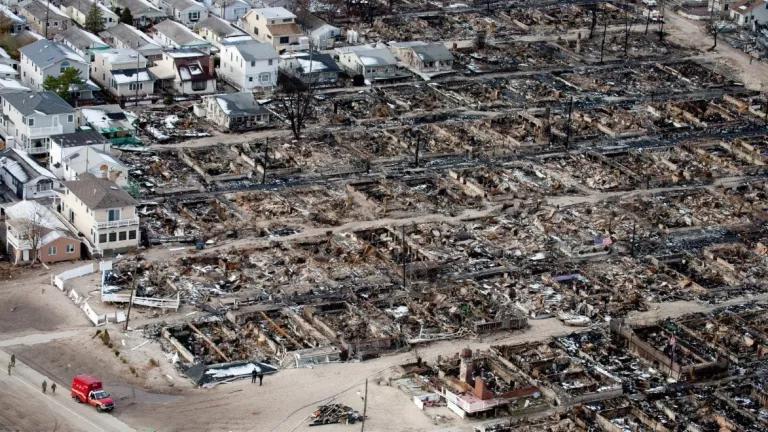
In his State of the State address earlier this month, Governor Cuomo announced a set of important initiatives that will help New York become more resilient in the face of climate change and, as a result, more prepared for extreme weather events like Hurricane Sandy.
And as NRDC president Frances Beinecke remarked in response to the speech, Governor Cuomo’s clean energy proposals will help “address the root cause of more frequent extreme weather—our planet’s changing climate.”
These energy initiatives include appointing a cabinet-level energy czar, establishing a $1 billion “Green Bank,” and extending the state’s solar energy program for 10 more years. My colleague Kit Kennedy provides a detailed summary of these proposals in this blog.
Many of Governor Cuomo’s recommendations were in strong alignment with a list of 56 that NRDC experts compiled and sent to his Administration in December.
But even before that letter, since very soon after Sandy struck the Northeast in late October, my NRDC colleagues were blogging on various aspects of recovery, mitigation, and preparation.

Below are 10 NRDC blogs that give an overview of those ideas.
- Public transportation. After the shutdown of New York City’s subways, Eric Goldstein writes about the importance of safeguarding the region’s vital transit system.
- Electric vehicles. While it may now seem like a distant memory, New Yorkers spent hours in line for gas after Sandy. In response to the gas shortage, Johanna Dyer commented on the need for more hybrid and electric vehicles in the region.
- Food. To create the kind of food system that can withstand extreme weather, we need we need more resiliency from farm to fork, Margaret Brown writes.
- “Soft” Infrastructure. Ben Chou recommends enhancing natural barriers like wetlands and dunes before investing in costly “hard” infrastructure projects like building storm surge barriers.
- Water. During Sandy, untreated sewage, toxic chemicals, oil, and other hazardous materials poured into our waterways. Larry Levine notes that we must not only strengthen and protect our infrastructure, but also prioritize cleaning up efforts.
- Health. In response to the extreme public health issues highlighted by Sandy, Dr. Kim Knowlton calls for expanding our rapid-response capacity and ensuring that our health care system is prepared for the next storm.
- Energy. Some two million customers in New York City and Long Island lost power during Sandy and damage to the region’s utilities was unprecedented. Kit Kennedy wonders what improvements (like underground power lines and smart meters) might help our electric grid become more resilient, while recommending the expansion of RGGI and renewable energy technologies.
- Environmental Justice. Al Huang details the disproportionate impact of Sandy had, and future storms will have, on public housing residents, and stresses the need to pay special attention to vulnerable communities when making the city more climate adaptable and resilient.
- Solar. Without electricity for lighting, heating, or cooking, some New York City residents impacted by Sandy relied on solar power for these necessities. Using this as an example, Bull argues that solar and other clean energy are highly reliable technologies for emergency situations like extreme weather events.
- Air. It took six and a half weeks for environmental officials to get air pollution monitors set up in the New York City neighborhoods hardest hit by Hurricane Sandy. Eric Goldstein calls for the immediate establishment of an emergency mobile environmental monitoring network so that we are all fully prepared when the next disaster strikes.




